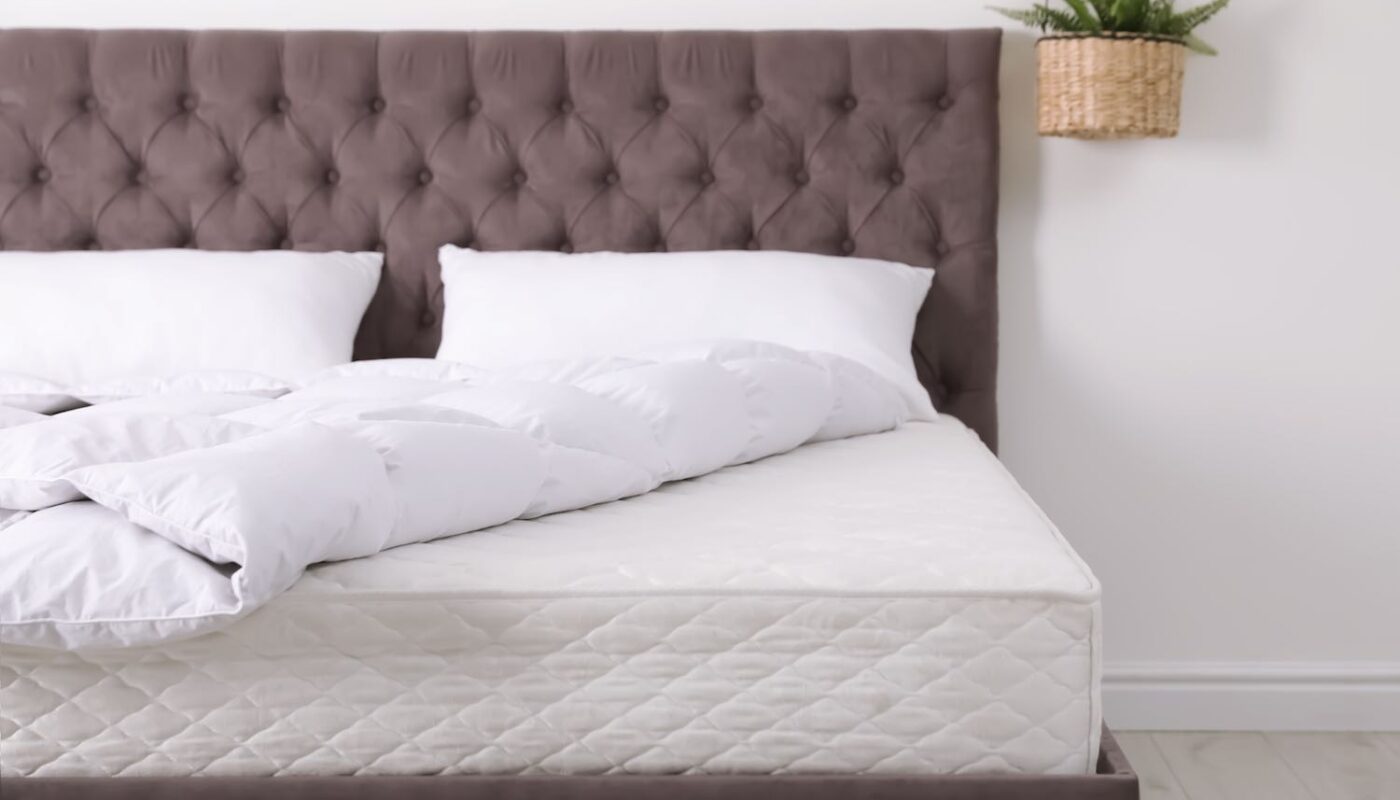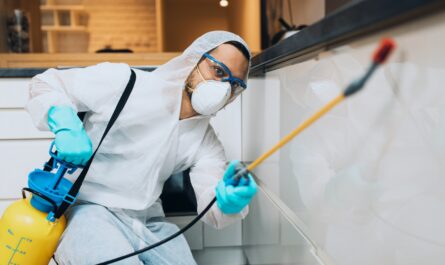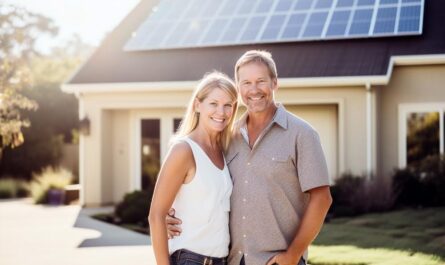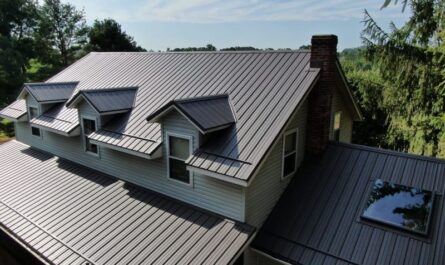Are you confused about organic mattresses, is an organic mattress the same as an eco-friendly mattress or a non-toxic mattress? Buying an organic mattress can be a minefield with many misleading statements; frankly, retailers are prepared to misrepresent the product recklessly.
In this article, we will cut through the noise to deliver the message making selecting an organic mattress a simple process for you, the customer. If you’re looking for the best organic mattresses in the US, click here.
Let’s jump into it.
Page Contents
What should I look for when buying an organic mattress?
You should first look for a third-party certification that ensures the mattress is organic. Once you have the third-party certification, check online for the validity and credibility of the certification.
The labeling on the mattress should read the mattress is non-toxic and organic. Look for a label certified by Global Organic Textile Standards (GOTS) and also made safe. These are robust standards that ensure the production of the raw materials and the process of the said materials are free from chemicals and are at least 95% organic.
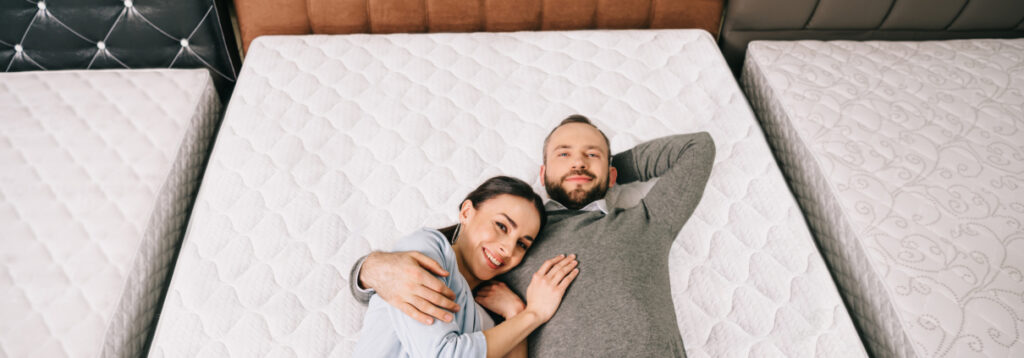
GOTS is crucial because it is an unbiased process of auditing the manufacturers of the materials used in your mattress. It also considers the process’s sustainability and its initial environmental impact.
What makes a mattress organic?
A verified organic mattress is free from chemicals during the production process using certified materials that are sustainable such as cotton, wool, together with natural latex.
Why are organic US mattresses important?
The US is the biggest market for mattresses, with approximately 40 million sold yearly. A new mattress has a lifespan of ten years depending on certain parameters like the weight of the users and frequency of use.
Many mattresses are going to landfills each year, so there needs to be a change in mattress construction and production techniques. Creating biodegradable mattresses reduces the impact on the environment.
Who is buying organic mattresses?
A change in consumer awareness could see the US organic mattress market explode, with organic mattresses averting an environmental catastrophe.
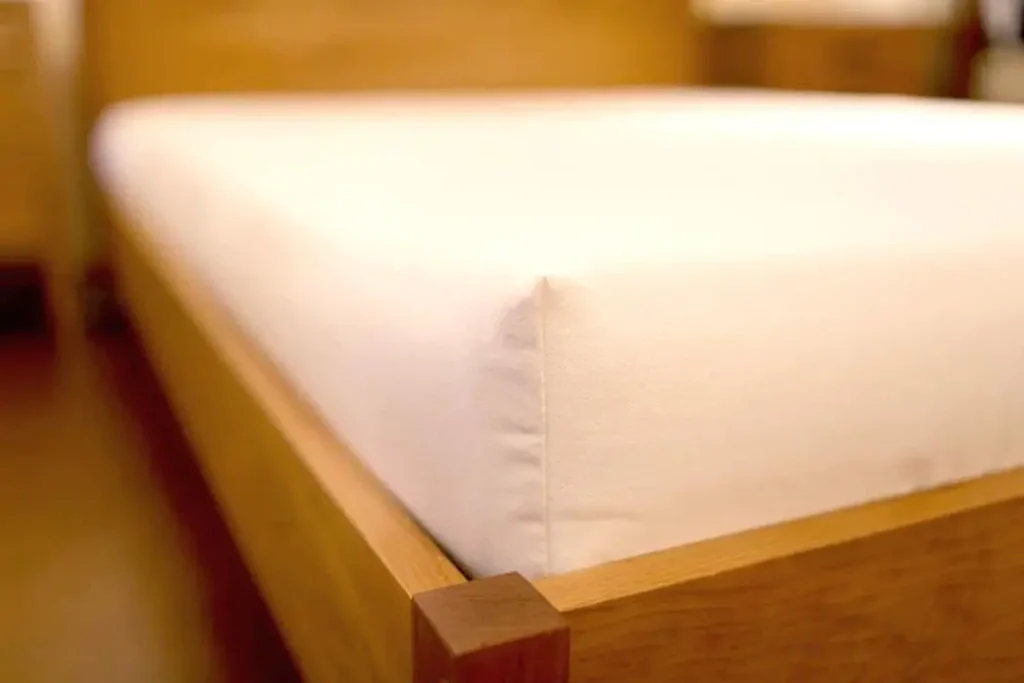
The drivers for change are many, the consumer is becoming savvier regarding the health benefits of using organic mattresses, and there is increased interest in global warming and being part of a net zero community where it’s incumbent for everyone to reduce their carbon footprint.
And let’s not forget profitability from the corporate ranks. Below is a table indicating the market size and value:
| Report Attributes | Details |
| Organic Mattress Market size (2024) | US$ 5.86 Bn |
| Estimated Market Value (2024) | US$ 6.31 Bn |
| Forecasted Market Value (2032) | US$ 13.87 Bn |
| Global Market Growth Rate (2022-2032) | 8.2% Compound Annual Growth Rate |
| North America Market Share in 2024 | ~54.1% |
| North America Growth Rate (2022-2032) | 8.7% CAGR |
| U.S. Market Growth Rate (2022-2032) | 8.8% CAGR |
| Top 5 Companies’ Market Share | ~45% |
What natural resources are used to make a mattress?
Many natural resources are used to construct the parts for an organic mattress, and With US mattresses leading the way with organic mattresses, these resources need to be sustainable.

Here are just a few of the organic components that make a US organic mattress:
- Natural latex, produced from rubber trees, not to be mistaken with everyday latex that is treated with chemicals to bind the latex together.
- Organic cotton, cotton has never been treated with pesticides or toxins. Cotton is a significant component of the organic mattress, from encasing the mattress to producing a comfortable and durable sleeping surface.
- Organic Wool. A Savvy Rest layered organic mattress is protected by a casing made with organic wool quilted between layers of organic cotton fabric.
Are there health benefits from sleeping on an organic mattress?
Yes. A mattress that has not been made with toxic chemicals will always be superior to a standard mattress. Organic mattresses don’t off-gas VOCs ( Volatile organic compounds) that are known to be carcinogenic at worst and, at best, a severe irritant to the respiratory system and central nervous system.
Did you know that bed bugs and dust mites hate organic mattresses? It’s not an environment conducive to breeding and infestation. Great news for people living with asthma and those of you with allergies.
Will your organic mattress be supportive of your joints? You bet it will, the manufacturing process has only removed the chemicals from the process, and the mattress can be made to your specifications, supporting you where needed while sleeping.
The health benefits are many.
Are US organic mattresses flame retardant?
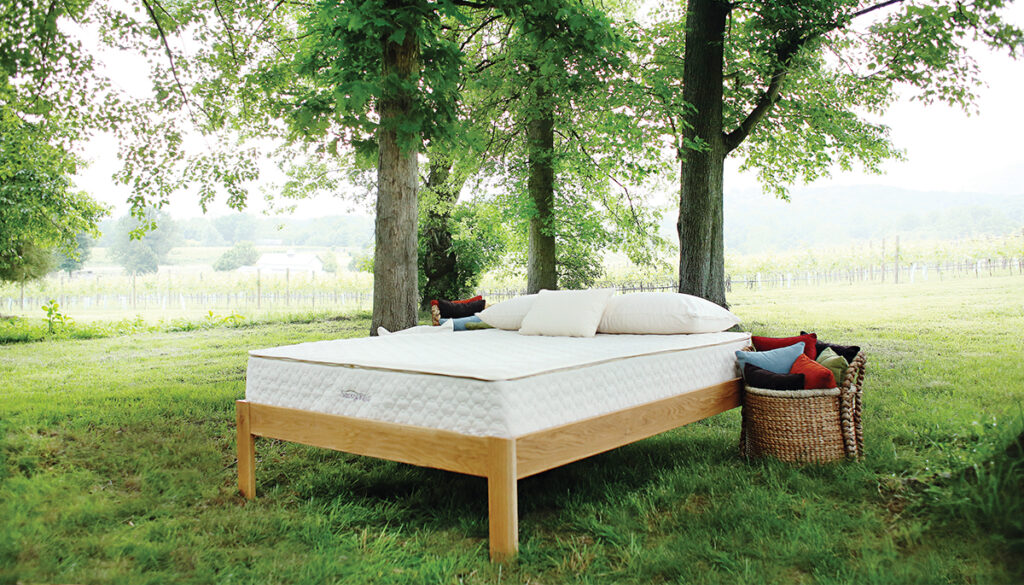
It’s a great question and one that needs to be answered correctly. First, when mother nature set about her business, she knew what she was doing. Have you tried to burn wool in comparison to a synthetic product? Natural wool does not readily burn. And the same can be said for the other natural fibers in your organic mattress.
Being realistic, most things will combust if the temperature is high enough, but if you can guess if the flames are lapping around your feet, then it’s possible too late anyway.
it is recognized in certain states, if not all, that flame retardants are harmful to human health. Breathing in chemicals is never going to be a healthy option. Furthermore, when the combustibility of the mattress was compared, the flame retardant made little or no difference to the intensity of the fire or the duration it took the fire to take hold.
However, you should check the laws of your state for compliance.
What is the healthiest material for a mattress?
As long as it’s organic, it doesn’t have much bearing on the mattress’s performance.
Common organic materials used in US mattresses are untreated organic wool (don’t worry, it’s been washed and is clean); it’s a great choice. It’s naturally flame retardant and repels dust mites and mildew—natural latex at 95% or higher. Natural latex is not laced with hydrocarbons to produce latex.
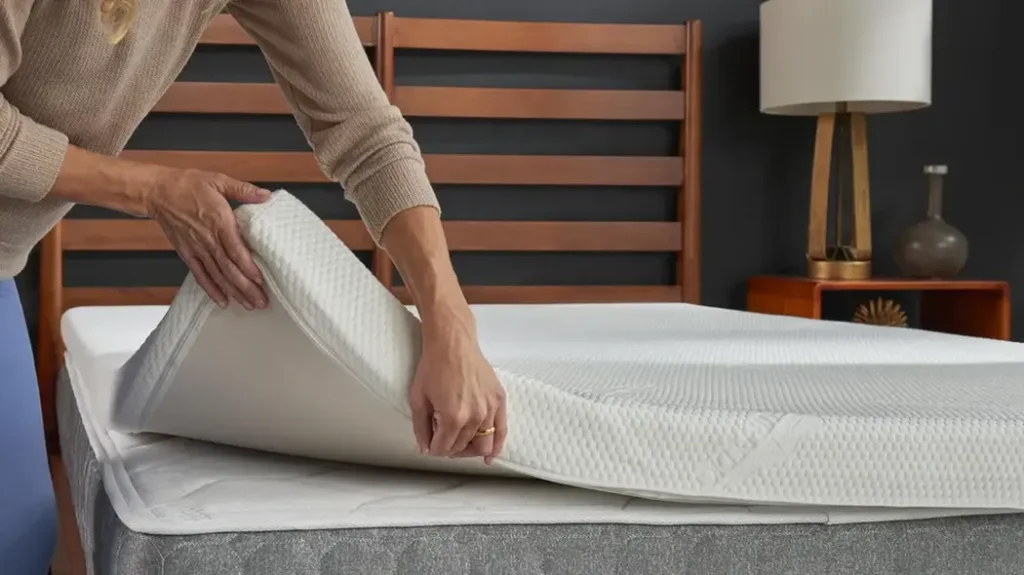
Your organic mattress will likely be a hybrid sleeping solution with box springs on the base for support. Wool or natural coir, finishing with different latex layers to produce the perfect US organic mattress.
